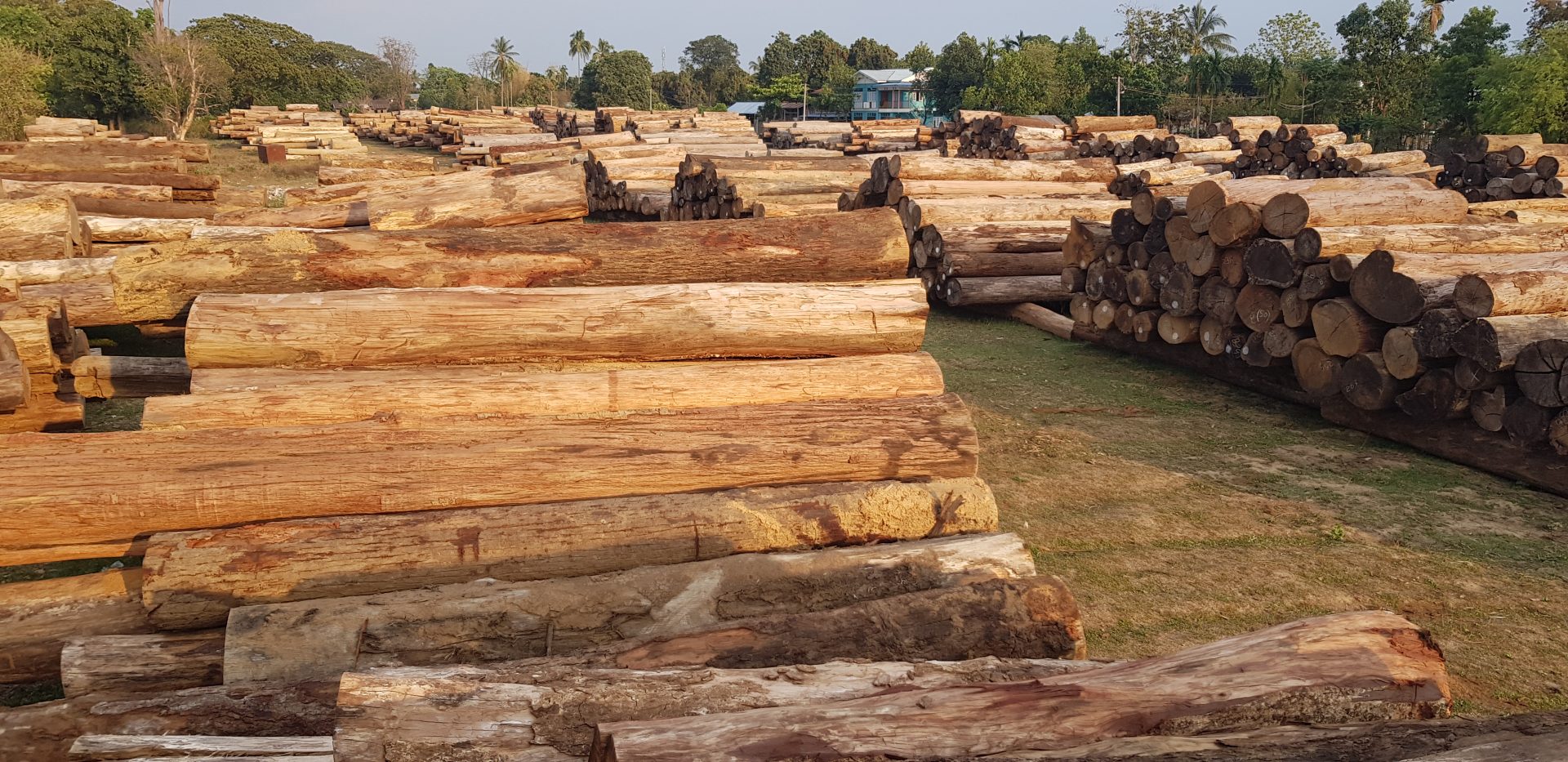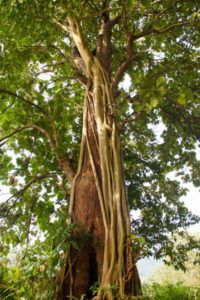How come the EU and US are still importing ‘blood timber’ from Myanmar when they introduced sanctions to prevent it?



Today (21 June 2024) marks exactly three years since the EU joined the US in introducing measures to prevent Myanmar teak from reaching their markets — yet millions of euros worth of shipments of the timber have since entered both countries.
Why is this still happening?

Teak tree
Teak has been called the ‘King of Woods’ and is much sought after for furniture and by luxury yacht builders for its beautiful patina and superior water-resistant properties.
However, the trade in this timber has become a focal point in a brutal conflict driven by a military regime.
On 1 February 2021, the military overthrew the legitimate Myanmar Government in a coup and, the following day, established the State Administration Council (SAC), which took control of all the country’s legislative, executive and judicial functions.
The army generals also took charge of the State-owned Myanmar Timber Enterprise (MTE), which was responsible for the country’s lucrative trade in teak, and put it under the management of the newly formed SAC.
In response to the bloody coup, on 21 April 2021 the US Government sanctioned MTE and the EU followed suit two months later.
Sanction regulations are a foreign policy tool, which in this instance were aimed at nullifying the military’s ability to profit from the sales of timber stolen from Myanmar’s forests and to curb money flowing into the coffers of the junta, which was committing atrocities against its people.
In effect, that meant the MTE could not sell and export any teak from Myanmar into the EU and US markets. Sending any money to MTE in exchange for teak was also prohibited.
It is not only those sanctions that prohibited teak imports into the EU and US.
Under a longstanding law in the EU, the EU Timber Regulation (soon to be repealed by the upcoming EU Deforestation Regulation) made it illegal to import timber from Myanmar because it was not possible to determine if it had been legally harvested.
Due to the military takeover of the country and the implementation of sanctions against MTE, the EU Commission decided that all Myanmar timber products should be considered illegal in accordance with the EUTR.
Similarly, the US Lacey Act prohibits the import of timber if the wood had been felled and transported illegally according to the laws of the country of origin.
This all begs the question, why it is still possible to import teak directly from Myanmar into the EU and US markets?
According to Eurostat, the EU’s statistical office, between June 2021 and December 2023 the EU imported more than €34 million worth of timber directly from Myanmar.[1]
Notably, total timber imports from Myanmar into the EU decreased from about €23.5 million in 2022 to just over €3.8 million in 2023. While this is a positive decrease in the trade, this figure should be at zero.

Teak decking on a sailing yacht
And does this tailing off of direct trade mean demand for teak has decreased? It is unlikely. EIA strongly believes that Burmese teak is being shipped into the EU and US markets via other countries by traders who disguise the wood’s true origin to circumvent sanctions.
A prime example is that of neighbouring India, which has seen an increase of timber imports into the EU rise from a total figure of about €500,000 in 2021 to nearly €7.5 million in 2023, according to Eurostat.[2] Similar upward trends are seen for shipments to the US, according to the global trade database Panjiva.
It is not possible to know if all exports of teak from India are actually Myanmar teak; India’s forests do contain naturally grown teak. Nevertheless, this marked increase in exports from India is indicative of a shift in trade that coincidentally aligns with the timings of the implementation of sanctions against MTE.
EIA suspects that EU and US traders are seeking alternative routes to acquire Burmese teak from merchants who provide falsified origin papers.
India has not implemented sanctions against MTE; therefore Indian traders can continue to purchase Burmese teak directly from MTE. Regardless, under the EU and US sanctions and timber importing laws for timber shipments reaching these markets, the origin of teak must be verified. Without this, EIA does not believe that all of this timber originates in India. So, Indian traders must be transparent about from where they source their timber.
“Given the escalating violence and conflict within Myanmar, without the full implementation of sanctions and timber laws, what’s the point?” asked EIA Forests Campaign Leader Faith Doherty.
“The international market must remain vigilant as we continue to see a direct flow of teak from Myanmar. The international community must do more to stop this trade. Any information, including details obtained from within Myanmar, provided by EIA to law enforcement must be acted upon.
“The demand for this ‘blood timber’ remains high, especially for the elites refurbishing and buying yachts. These illegal actions are supporting an illegitimate regime and one of the most violent conflicts on Earth.”
Editorial note: This blog was amended on 12 August 2024 to correct a mislabelling of Eurostat HS code 4407 data as “teak” instead of “timber”. EIA maintains there is a possibility that exports of teak from India have risen since 2021. Trade database Panjiva reports that for Indian exports of “teak decking” to Europe and the US have risen with the percentage change year on year from January 2021 to January 2022 in USD at +639.94 per cent.
[1] Data downloaded from Eurostat (ec.europa.eu/eurostat) on June 20, 2024; HS code 4407 EU imports from Myanmar.
[2] Data downloaded from Eurostat (ec.europa.eu/eurostat) on June 20, 2024; HS code 4407 EU imports from India.